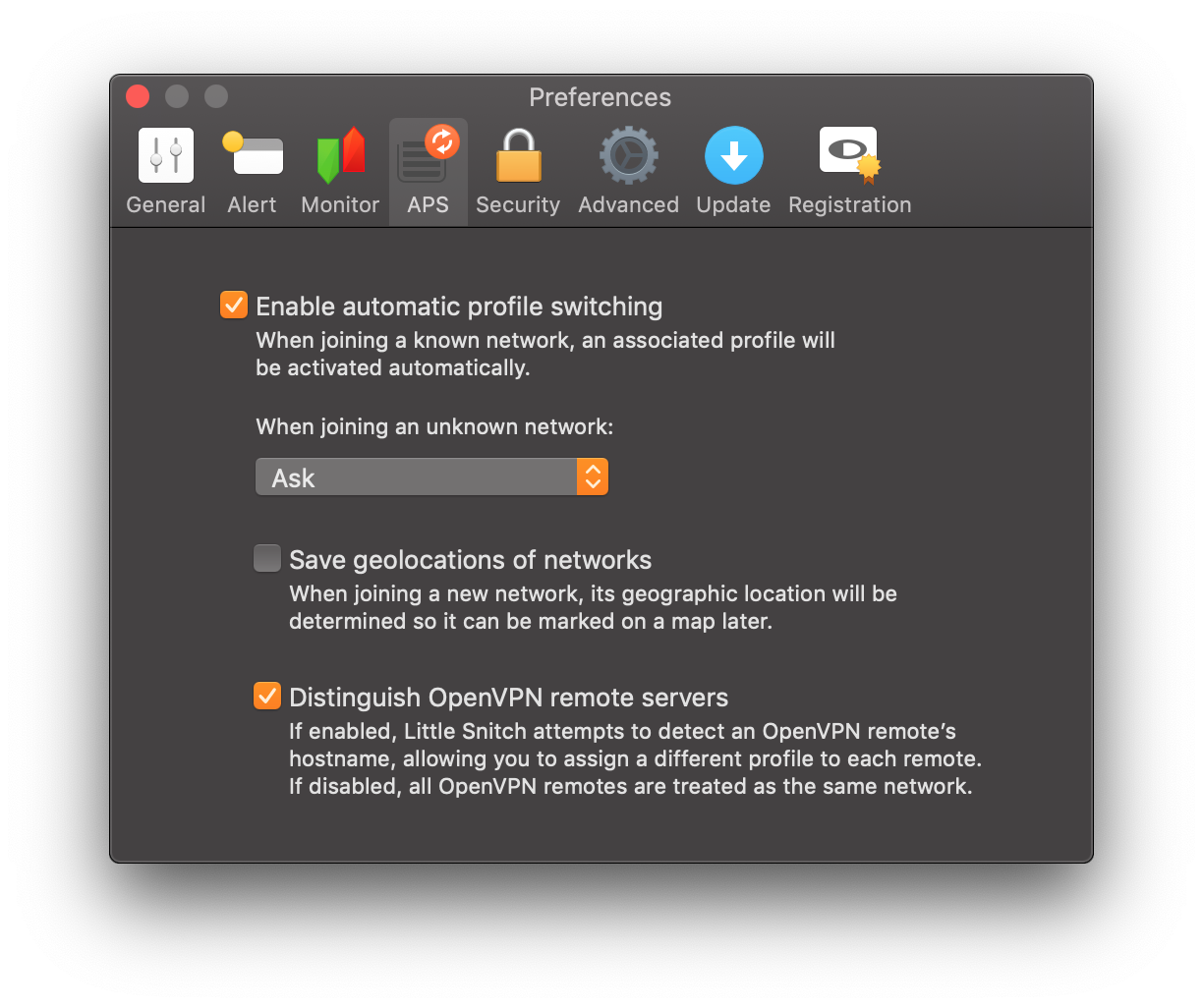Why is the process 'AirPlayXPCHelper' on my MBP trying to connect to an IP address outside of my home network?
Little Snitch is a firewall application that monitors and controls outbound internet traffic. If you're looking for more info about Little Snitch like screenshots, reviews and comments you should visit our info page about it. Below you find the best alternatives. Dec 18, 2010 I probably use Little Snitch more than any other application on my computer. So having it on my new iPad was the first thing I thought about after I purchased it. Especially since there are NO LAWS prohibiting anyone from doing anything with the information they collect from all those cookies.
The IP address it's trying to connect to is a typical home network address (e.g. 192.168.0.xx) but this IP address is different than my current home network addresses (e.g. 192.168.1.xx).

My MacBook is connected to my home network via wi-fi as are all other devices in my home.
I have no wi-fi or AirPlay devices with the address 192.168.0.xx on my network.
Airplayxpchelper Little Snitch Book
All connected devices are accounted for and all have been permanently assigned IP addresses.
All addresses on my home network are 192.168.1.xx, not 192.168.0.xx.
So why is AirPlayXPCHelper trying to connect outside of my home network? Is it trying to connect to a neighbour's AirPlay speakers or some other device?

MacBook Pro (13-inch Mid 2012), OS X El Capitan (10.11.1), 2.5 GHz Intel Core i5, 16GB RAM
Posted on
Assuming you’ve downloaded the Little Snitch Disk Image (.dmg file) to your Downloads folder, open a new Terminal window and enter the following command to verify the cryptographic signature of the downloaded file:
Airplayxpchelper Little Snitch Game

codesign --verify -R='anchor apple generic and certificate leaf[subject.OU] = MLZF7K7B5R' ~/Downloads/LittleSnitch*.dmg
If the result of this command is empty (no error message is shown), the file is intact and properly signed by Objective Development.
However, if an error message is shown (like “not signed at all” or “failed to satisfy specified code requirement(s)”), this indicates that the file was maliciously modified and is no longer signed by Objective Development. In that case you should NOT open the disk image file.